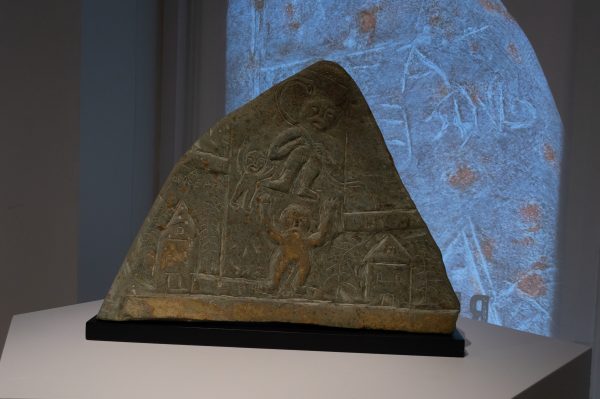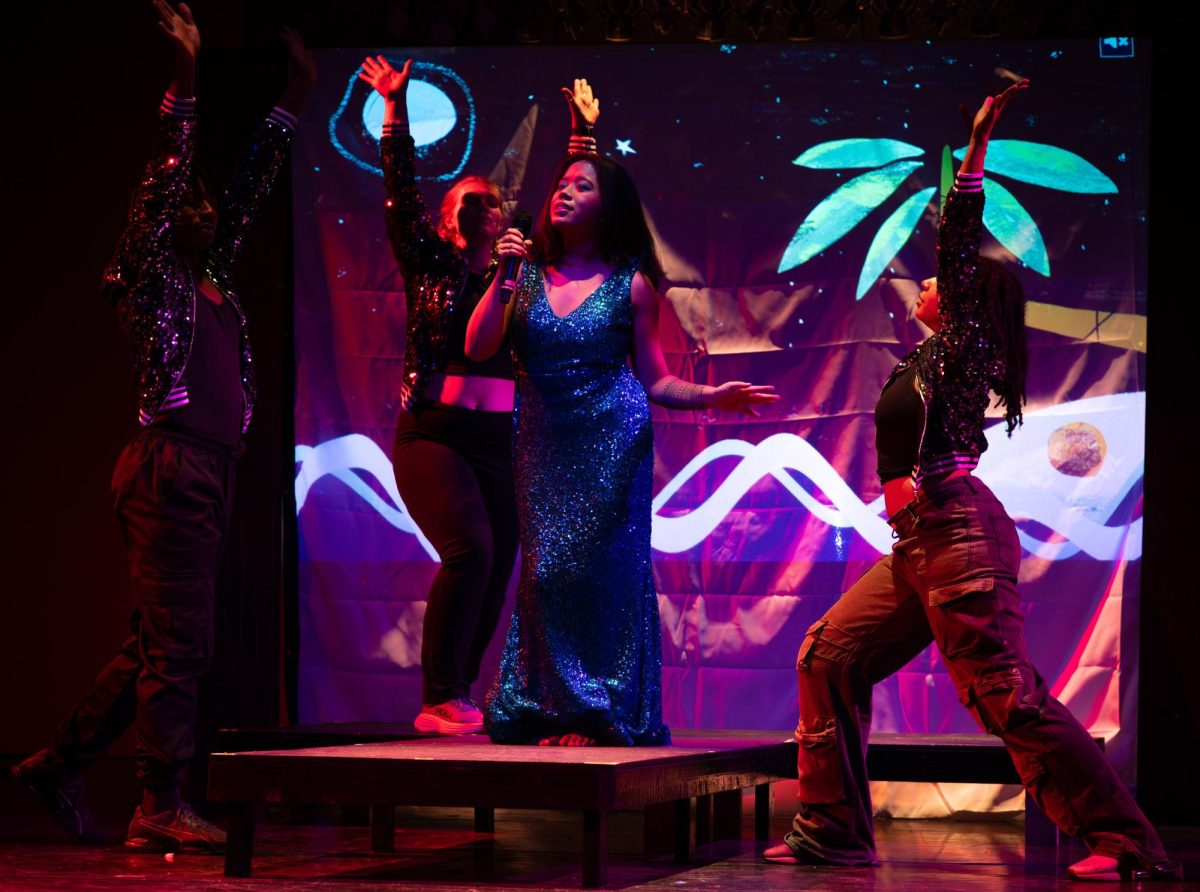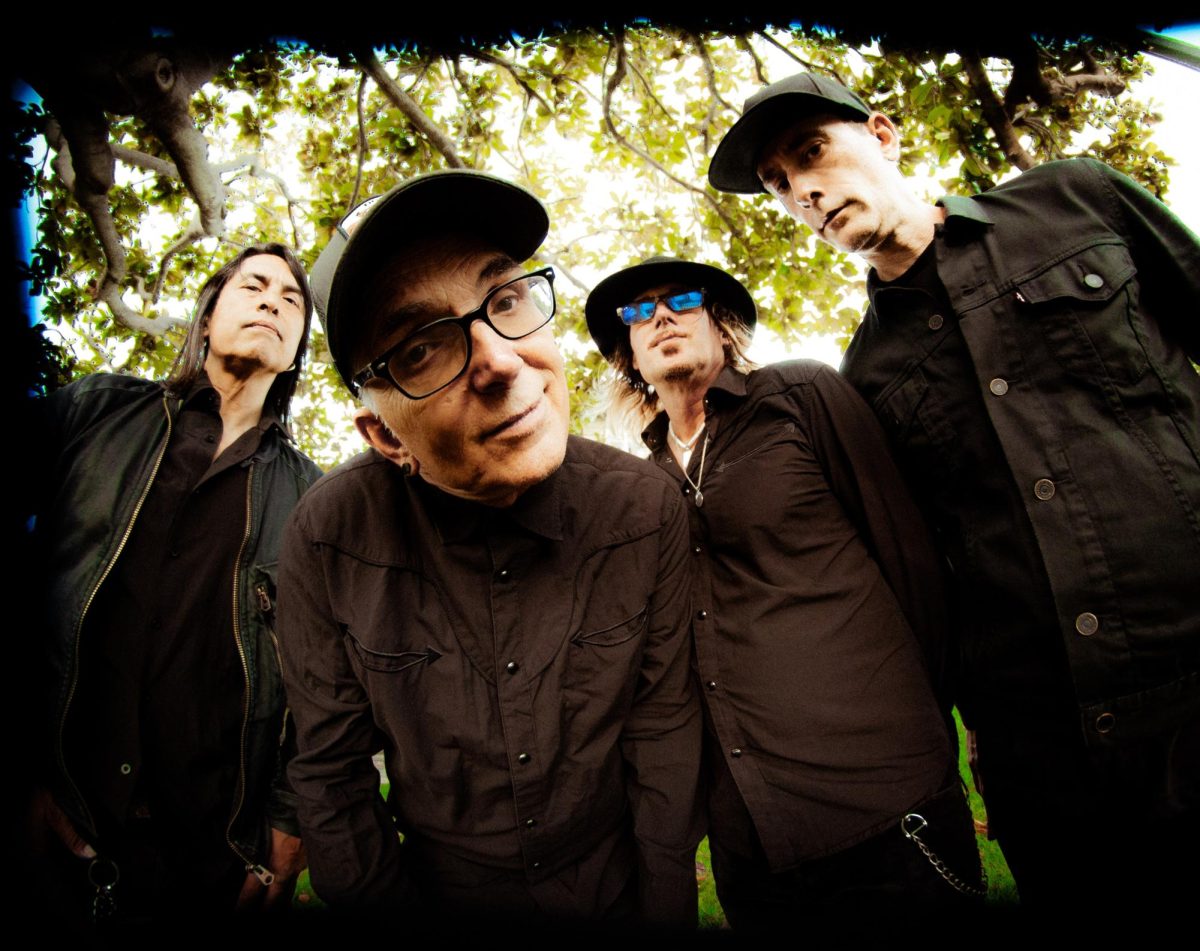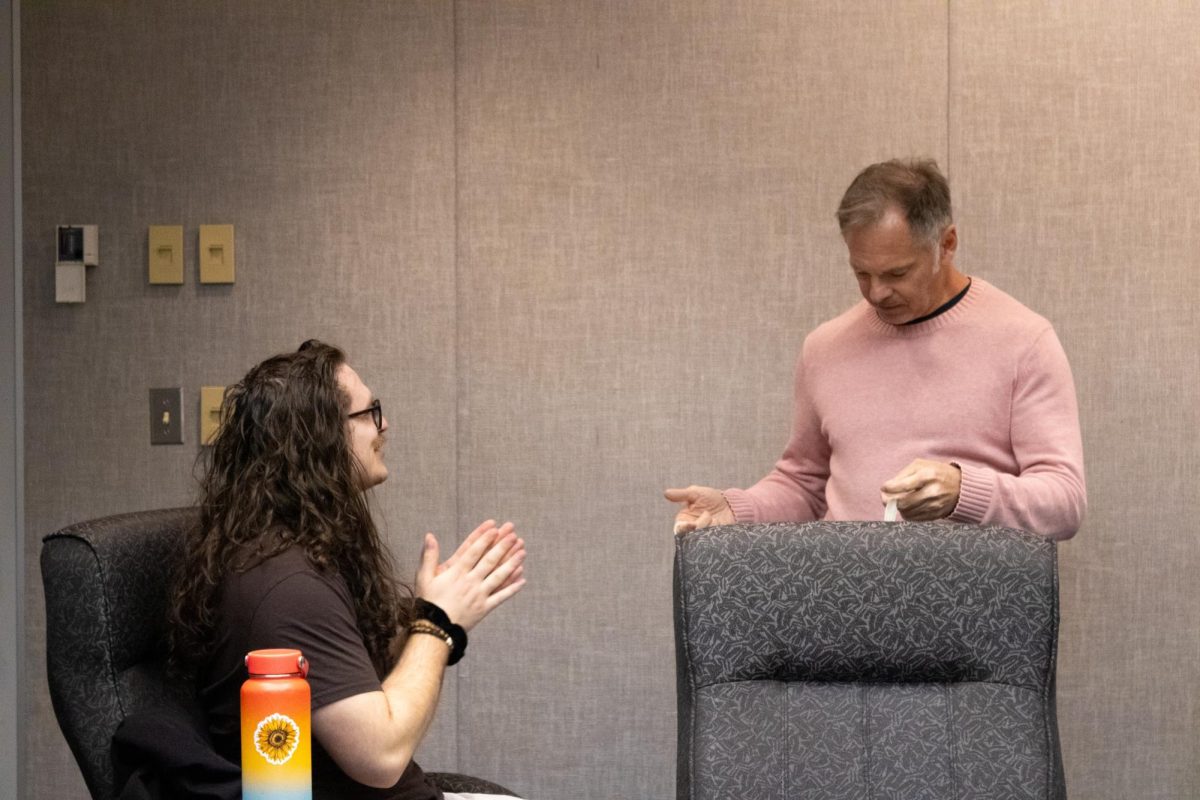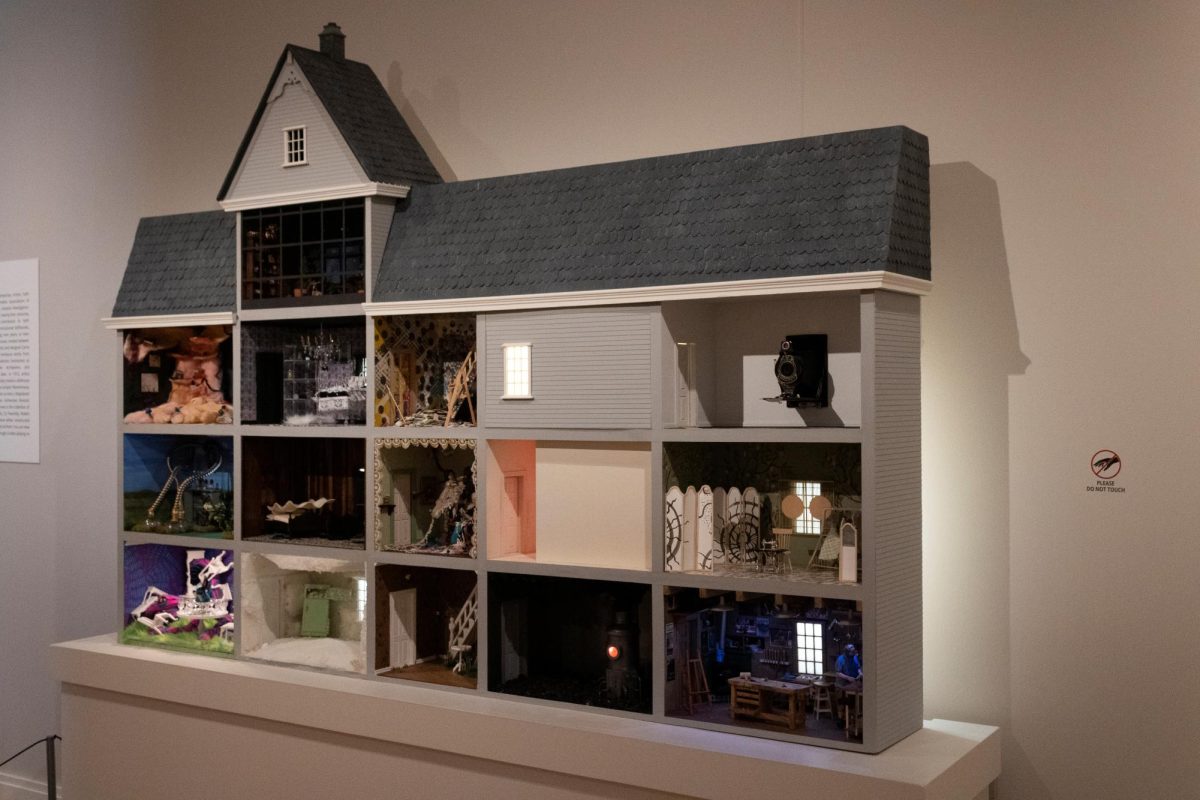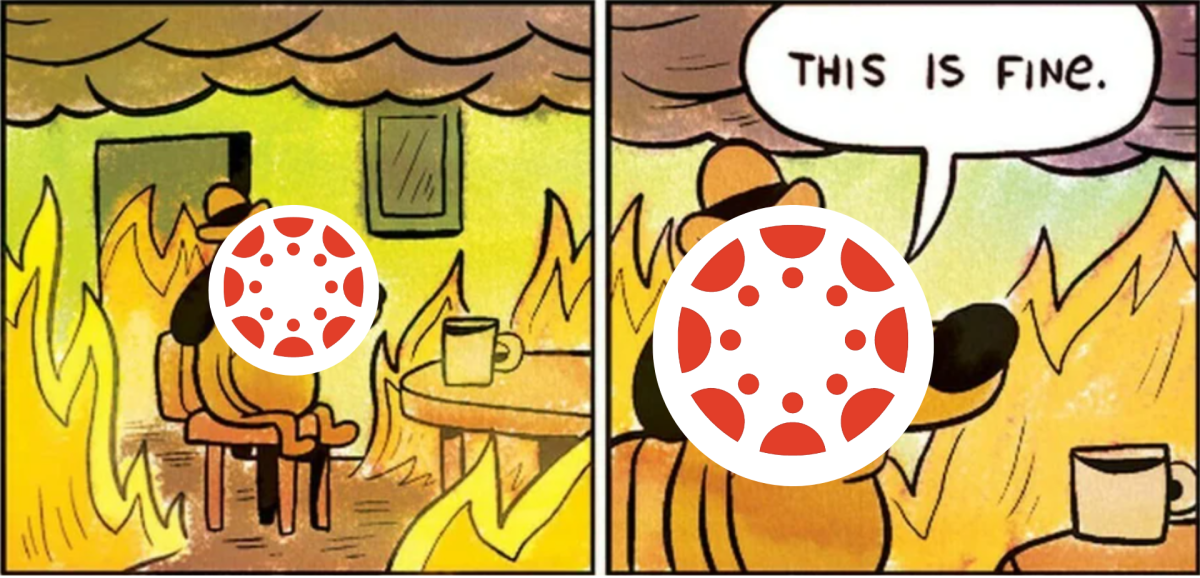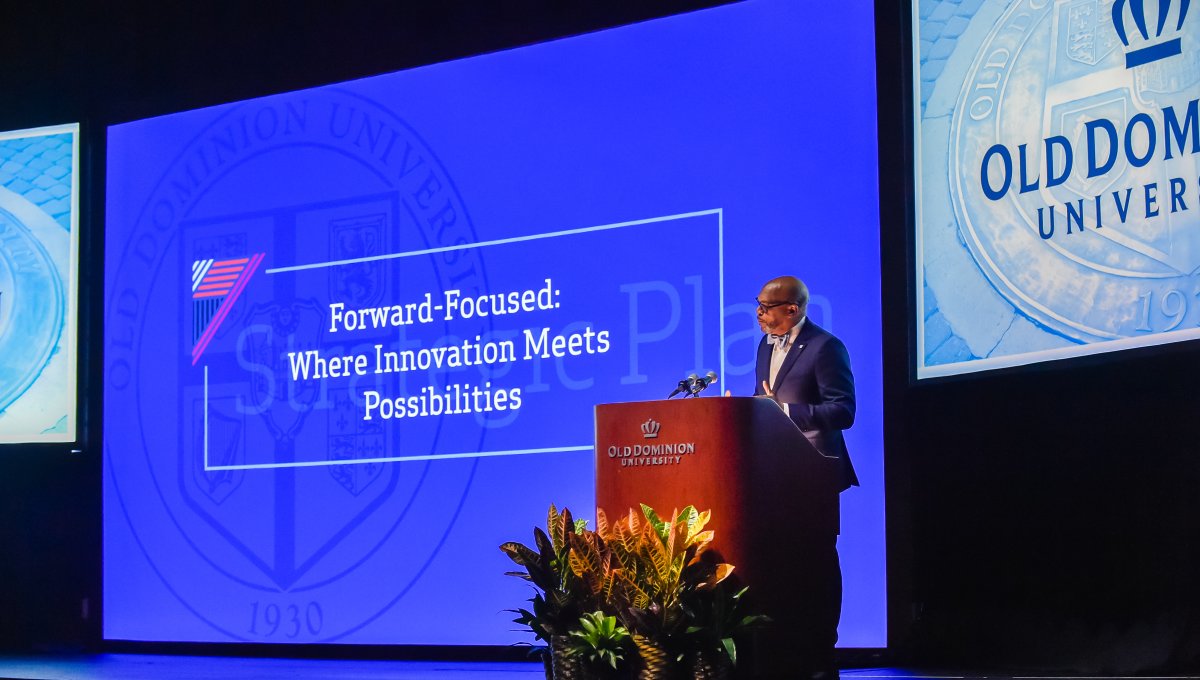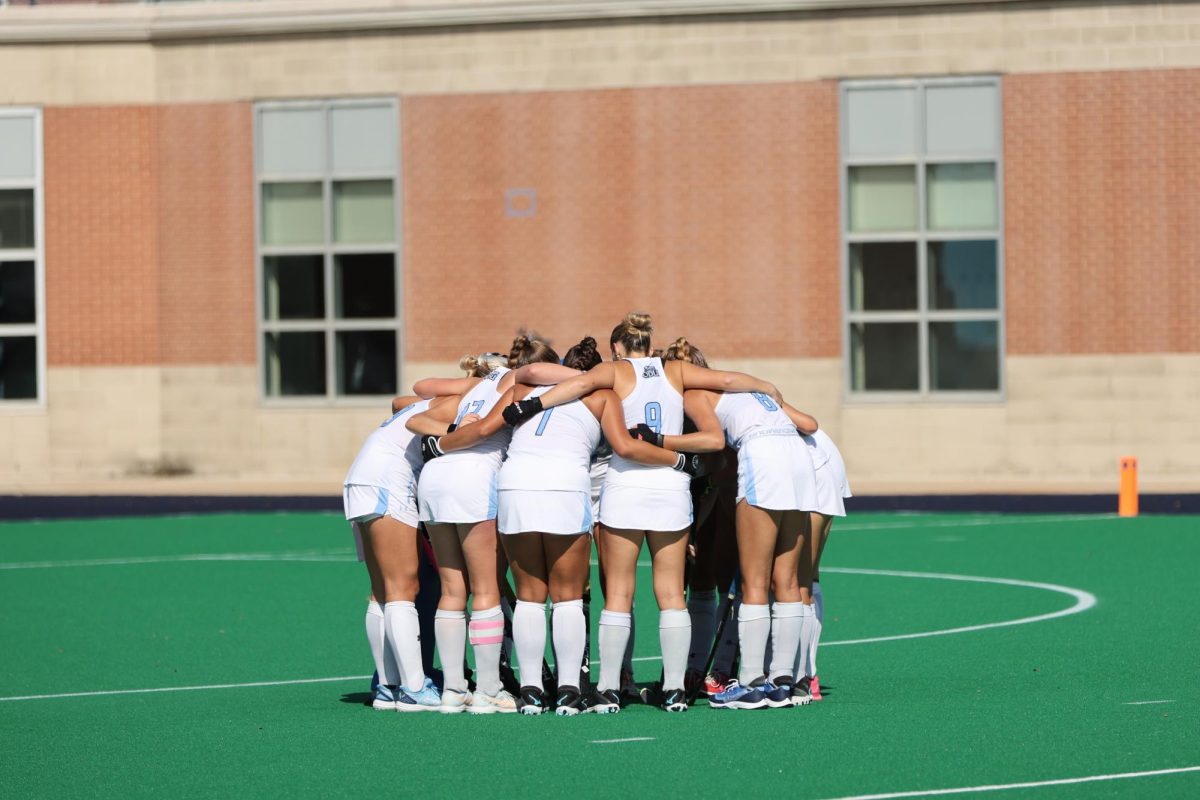As ODU’s academic school year kicks off into full swing, so does the newest exhibit at the Baron and Ellin Gordon Art Gallery.
A part of the gallery’s self-taught collection, “River of Earth” showcases different mediums of art that tie into the theme of mountain life and the tight-knit community that comes with it by a variety of residents who called the Appalachian Mountains home.
Utilizing mediums of wood, thread, stone, paint, clay, and found items, “River of Earth” allows viewers a firsthand experience into the lives and characters of the Appalachian residents.
The exhibit is named after a poem of the same name by James Still, a Kentucky native who compared the Appalachian Mountains to a river of earth.
Deb Bruno, a Ghent resident and art enthusiast, touched on the nostalgic factor of the show.
“I feel Southern roots in this art, and it takes me back to my Mawmaw and Pawpaw. My Pawpaw would whittle, and it takes me back to the deep root in religion,” Bruno said about her experience with her grandparents, who resided in Roanoke, Virginia.
There are many biblical references in the exhibit, including stone and wooden figurines of Adam and Eve, along with a painting by Minnie Adkins that shows a colorful portrait of an inclusive church service. The pieces represent a deep tie to religion and Christianity, a staple of many Southern communities. Many of the pieces in the show resemble a personal connection with the art to the artist, proving a cathartic experience of the artistic process.
In addition to the art being spiritually personal to each individual artist, the pieces have a sense of community and tradition. In the found items section of the exhibit, there is an American flag crafted by Elayne Goodman made of individual items and painted to represent the red, white, and blue of our country.
“I just take whatever I have, people give me, whatever recycled things, and make art. It was always what my family did,” Goodman said through a quote plastered on the exhibit’s wall.
Additionally, there are art pieces that resemble the landscape itself, allowing the self-taught artists to create what they knew and saw.
“I got to making landscapes and clouds and all, just rubbing it in with my little finger. And they just look like a photograph, it was blended in so beautifully, you know,” said Howard Finster via a quote displayed by the gallery.
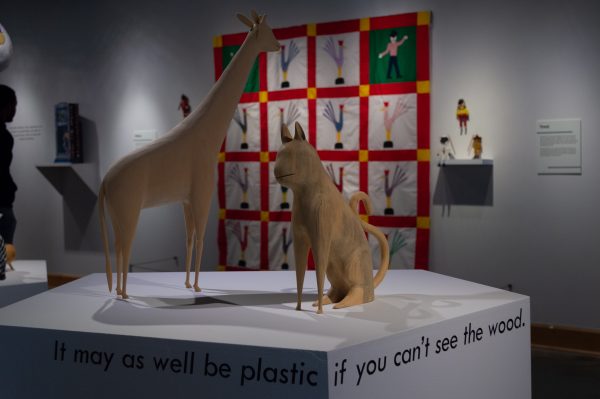
All of these different aspects, between the spiritual connection, community impact, and the relationships between the artists and the land, showcase the vibrant and innovative lives of each individual artist. Though most of the artists are now deceased, their work is able to be carried on thanks to the beautiful and creative work of Jasper Waugh-Quasebarth, the curator for “River and Earth.”
With a background in Appalachian studies and folklore, Waugh-Quasebarth sorted through the permanent collections of the gallery donated by Baron and Ellin Gordon to find pieces specifically crafted by artists from the Appalachian region. From there, he organized them by the different kinds of materials used to find what pieces stood out. He then designed the exhibit and searched through the gallery’s archives in order to provide context of the art the viewers are able to learn about.
“I hope that people understand the inter-connectedness, not only of art and artistic expression to the landscape from where it emerges, but also the connection between the Appalachian mountains, the Appalachian regions, the communities that are in those mountain areas to the Tidewater area as well,” said Waugh-Quasebarth.
He noted the significance of the Lambert’s Point Coal Pier residing just South of ODU’s campus, where coal has been flowing to and from southwest Virginia for over one hundred and fifty years, a connection to the Appalachia that rests just beyond our own community’s front doors.
“A piece of wood tells a story of good years and bad years for a tree, as well as whatever the artist is trying to say. Spending time to look at the whole of the object and understand these different kinds of stories that are flowing out of it, from both the material and the artist, I think is a really powerful story that can emerge. And I hope that people take that away,” the curator said.
Though this is only the first show that he’s curated during his first year at ODU, Jasper Waugh-Quasebarth has shown through this unique and community-driven art exhibition that his creative vision is a force of nature.
This exhibit will be up at the Baron and Ellin Gordon Art Galleries until Dec. 13. To learn additional information about this exhibit, a curator talk will be held at the museum on Sep. 18.
